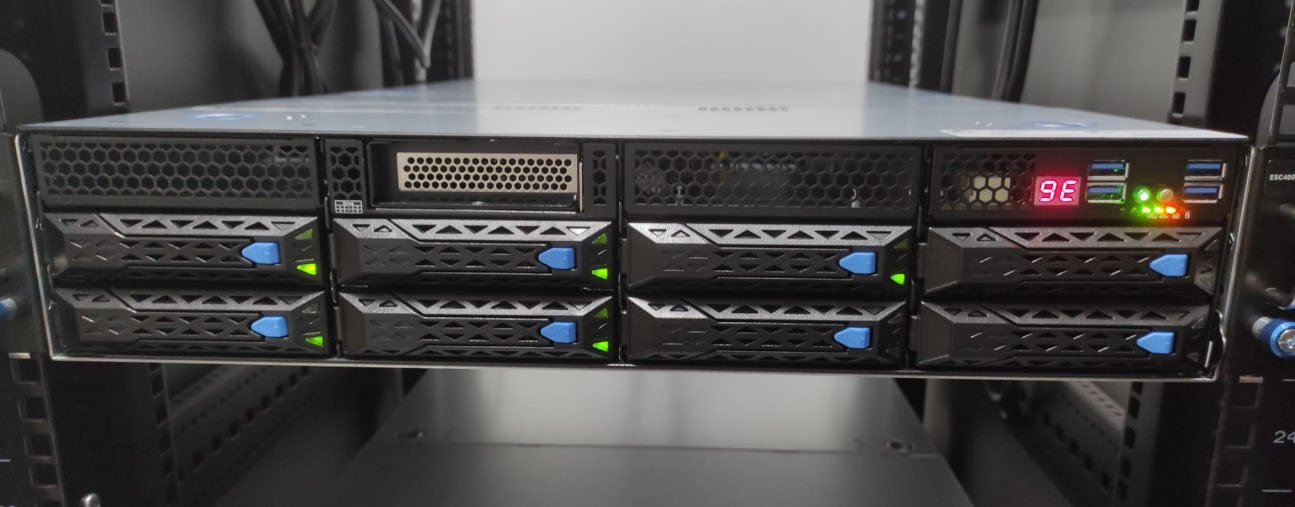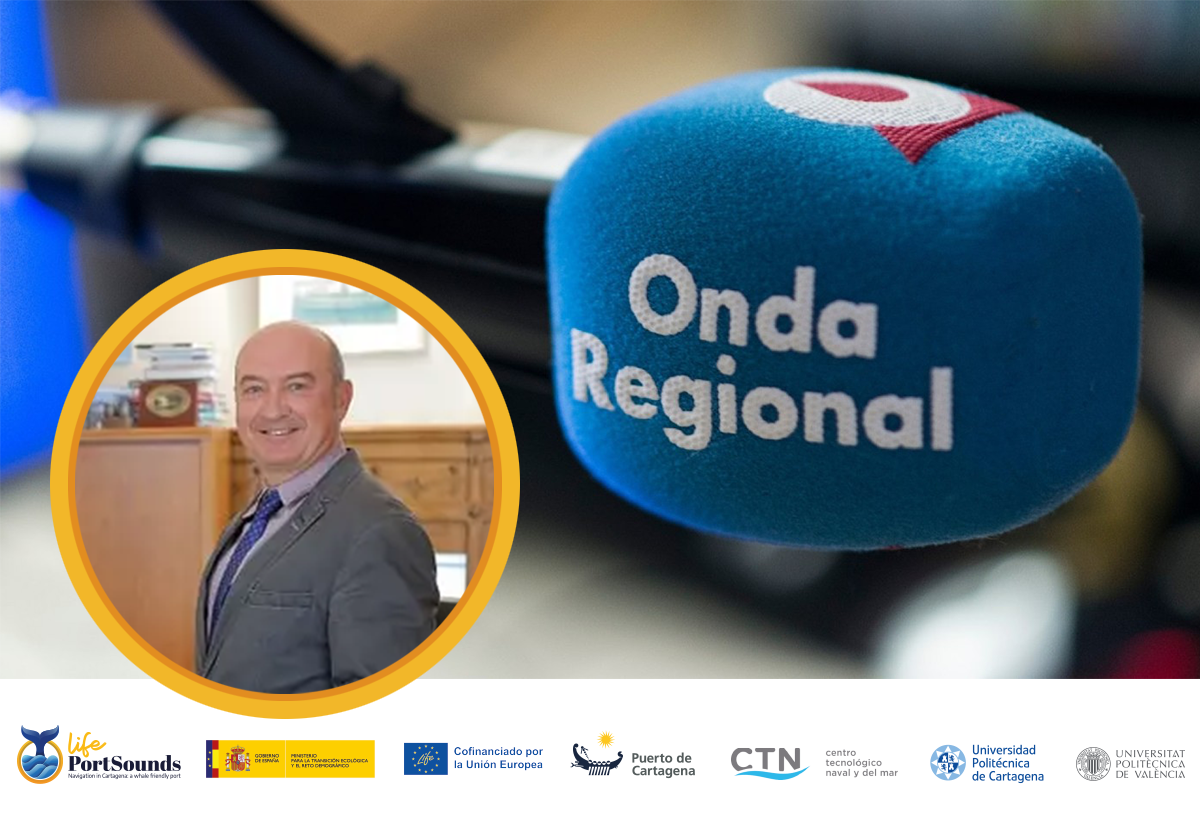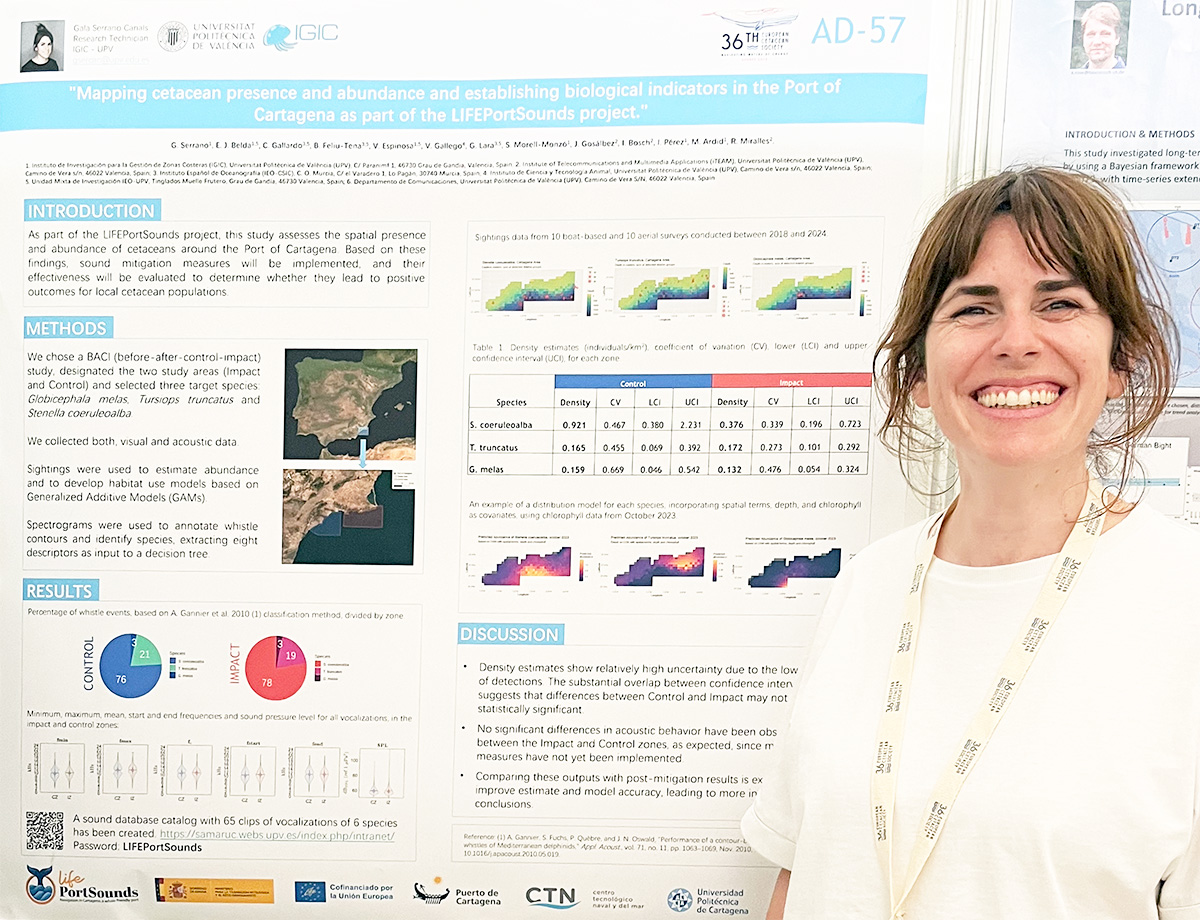How Is Underwater Sound Measured?
The project team, led by the Polytechnic University of Cartagena (UPCT), has developed an acoustic prediction model that integrates various data sources:
Water temperature and salinity, provided by Puertos del Estado and the Copernicus Marine Environment Monitoring Service.
AIS data, which gives the location, speed, type, and size of vessels.
Hydrophones, installed in the port to listen to and characterize the actual noise emitted by ships.
Using this information, the model calculates how sound propagates through water, considering factors such as sound speed (which increases in warmer or saltier water), energy loss as the sound travels, and the specific features of each vessel.
The process is complex: the marine area is broken down into individual “rays” through which sound travels, and the sound loss in each is calculated. By recombining the data, a map of underwater noise is generated, showing in near real time which areas are noisier and which ships are causing the greatest acoustic impact.
A Tool for Decision Making
The ultimate goal of these simulations is twofold: to protect marine biodiversity and to support decision-making by the Port of Cartagena. Daily noise monitoring will help identify patterns and propose corrective actions, such as modifying routes or reducing the speed of certain ships.
Additionally, the Marine Mammal Research Group at the University of Valencia is working alongside the project to assess how noise affects local dolphins and transient cetaceans. The simulations will allow the team to test scenarios and validate strategies before they are implemented in the real world.
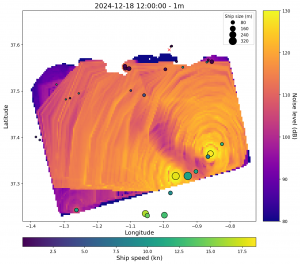
Continuous and Automated Simulations
One of the project’s key achievements has been the development of an automated system that, with a single command, can:
Retrieve environmental and vessel data for the selected area.
Filter ships by location and speed.
Process the information to generate an updated underwater noise map.
This milestone represents a significant step toward a more environmentally conscious approach to port management, blending cutting-edge technology with applied science.
